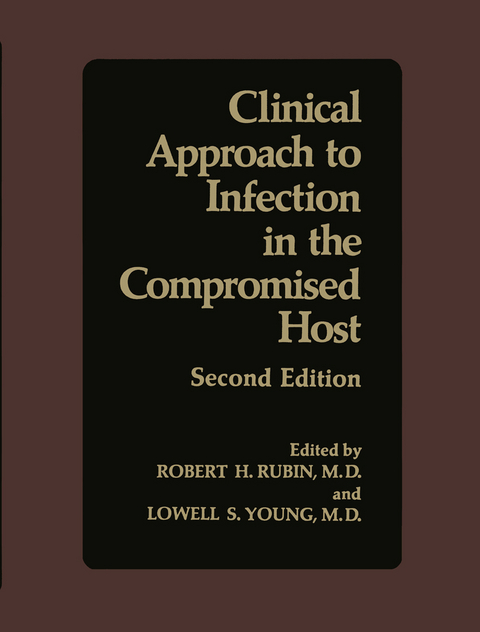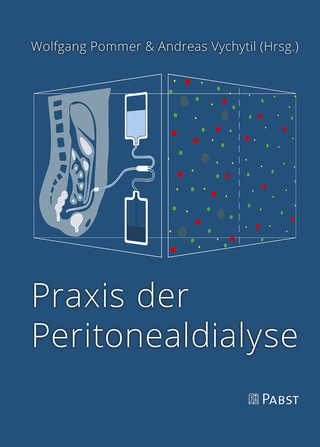
Clinical Approach to Infection in the Compromised Host
Springer-Verlag New York Inc.
978-1-4615-6647-2 (ISBN)
1 Introduction.- 2 Epidemiology and Prevention of Infection in the Compromised Host.- 3 Defects in Host-Defense Mechanisms.- 4 Fever and Septicemia.- 5 Dermatologic Manifestations of Infection in the Compromised Host.- 6 Etiology and Management of the Compromised Patient with Fever and Pulmonary Infiltrates.- 7 Central Nervous System Infections in the Compromised Host.- 8 Fungal Infections in the Compromised Host.- 9 Mycobacterial and Nocardial Infections in the Compromised Host.- 10 Parasitic Diseases in the Compromised Host.- 11 Legionellosis in the Compromised Host.- 12 Viral Hepatitis in the Compromised Host.- 13 Herpes Group Virus Infections in the Compromised Host.- 14 Morbidity in Compromised Patients Due to Viruses Other Than Herpes Group and Hepatitis Viruses.- 15 Acquired Immunodeficiency Syndrome.- 16 Infections Complicating Congenital Immunodeficiency Syndromes.- 17 Diagnosis and Management of Infectious Disease Problems in the Child with Malignant Disease.- 18 Management of Infections in Leukemia and Lymphoma.- 19 Evaluation and Management of Infections in Patients with Collagen Vascular Disease.- 20 Infection Complicating Bone Marrow Transplantation.- 21 Infection in the Renal and Liver Transplant Patient.- 22 Infection in the Cardiac Transplant Patient.- 23 Surgical Aspects of Infection in the Compromised Host.
| Zusatzinfo | 88 Illustrations, black and white; XXIX, 685 p. 88 illus. |
|---|---|
| Verlagsort | New York, NY |
| Sprache | englisch |
| Maße | 210 x 279 mm |
| Themenwelt | Medizin / Pharmazie ► Medizinische Fachgebiete |
| ISBN-10 | 1-4615-6647-9 / 1461566479 |
| ISBN-13 | 978-1-4615-6647-2 / 9781461566472 |
| Zustand | Neuware |
| Haben Sie eine Frage zum Produkt? |
aus dem Bereich


